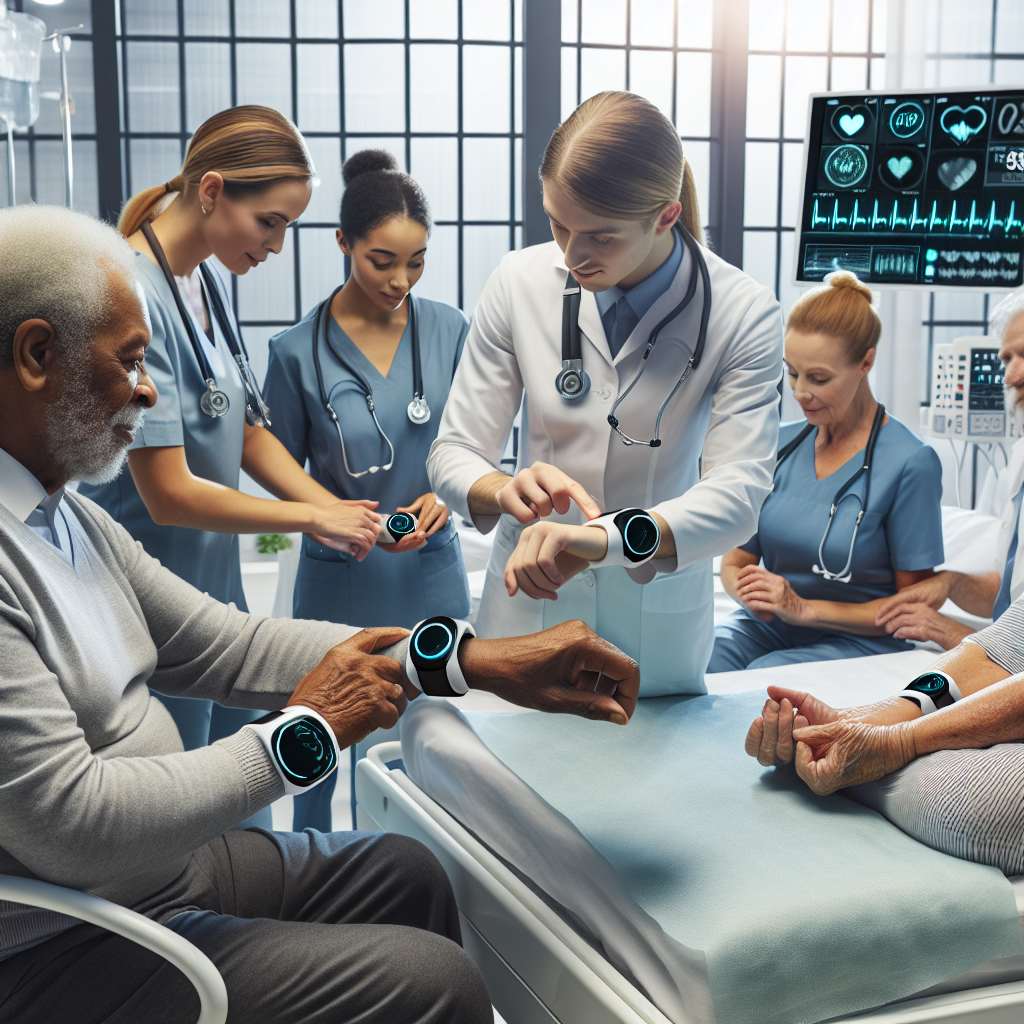New York, NY—In a groundbreaking development, nursing homes across the nation are set to revolutionize patient care by deploying advanced wearable technology designed to monitor residents in real-time. This innovative approach aims to enhance the monitoring of elderly patients, ensuring instant medical attention and personalized care in skilled nursing facilities.
At the heart of this transformation is a suite of wearable devices capable of tracking vital signs, detecting falls, and even predicting potential health issues before they become critical. These devices, which resemble everyday items such as wristwatches and pendants, are integrated with artificial intelligence to provide continuous health assessments and alert care staff about any anomalies or emergencies.
A significant catalyst for this shift towards high-tech patient monitoring has been the rising concern over elderly patient safety and the quality of care in nursing homes. Recent studies have shown that real-time monitoring can drastically reduce the incidence of falls, which are the leading cause of injury among the elderly. According to the Centers for Disease Control and Prevention (CDC), one out of four Americans aged 65 and over falls each year, making fall prevention a top priority in elderly care.
This new approach is not just about preventing accidents; it’s also about creating a more responsive and personalized care environment. “With real-time data at our fingertips, we can significantly improve the quality of life for our residents, making personalized care the standard,” remarked Dr. Elizabeth Moreno, a gerontologist involved in piloting the technology at several nursing facilities.
The integration of wearable tech into skilled nursing facilities represents a major step forward in elder care, blending technology with a human touch. Beyond monitoring vital signs and movements, these devices can also measure sleep quality, detect hydration levels, and offer reminders for medication, significantly improving the overall management of chronic conditions.
Critically, this technology also addresses the growing issue of understaffing in nursing homes by allowing staff to prioritize their attention and care based on real-time data, ensuring that residents who need the most help receive it promptly.
While there are valid privacy and security concerns regarding the use of such technology, proponents argue that the benefits far outweigh the risks. Strict protocols and cutting-edge cybersecurity measures are being implemented to safeguard patient data, ensuring that privacy is maintained.
As wearable technology evolves, the potential for improving elderly care is immense. From enhancing the daily lives of nursing home residents to providing peace of mind for their families, the future of skilled nursing care is set to be more connected, responsive, and personalized than ever before.
-END-


